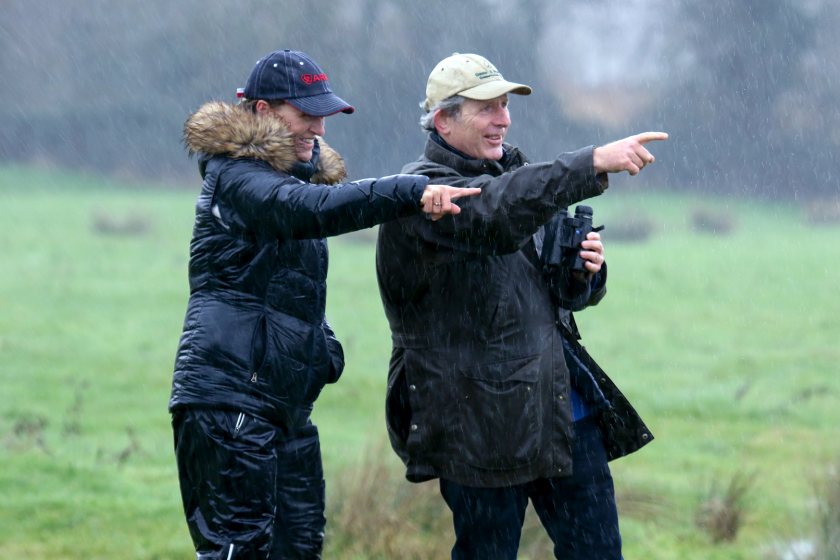
A record number of farmers participated in this year's Big Farmland Bird Count despite February's bad weather and lockdown restrictions.
Participation in the annual nationwide survey of farmland birds, which took place between 5-21 February, has more than doubled compared to last year.
The Game & Wildlife Conservation Trust (GWCT), which organises the initiative, said 2,500 counts were turned in for 2021.
This represents a 65 percent increase in the number submitted compared to 2020, which was also a record year.
The land area covered by the count has more than doubled to 1 million hectares and 81% more birds have been counted by more than 700 additional volunteers.
The count asks land managers to spend 30 minutes recording the birds they see on their land as part of a UK-wide survey which helps to identify any struggling species.
Dr Roger Draycott, of the GWCT said: “All of this helps us to build a detailed picture of the state of farmland birds, allowing us to better understand what is going on in our countryside.
"It clearly shows that farmers care for the land they work and, given that they look after 71% of all the land in the UK, that is extremely good news for the future of our bird species."
The 2021 count has shown some encouraging results: a total of 25 species from the Red List for Birds of Conservation Concern were recorded, with 8 appearing in the 25 most frequently seen species list.
Starlings, Fieldfare, Lapwing and Linnet were the four most abundant red-listed species recorded, with over 112,000 spotted in total, which equates to 22% of all the birds counted.
The five most abundant birds counted were woodpigeons, starling, rooks, fieldfare and chaffinch. A total of 190,000 were seen, making up over 37% of the total number recorded.
NFU President Minette Batters called this year's set of results 'tremendous', and thanked those farmers who participated.
"It’s great too that so many different threatened species were spotted such as Lapwing and Linnet," she added.
“Farmers are proud to produce your food and it is often unappreciated that they also provide habitats for wildlife and additional feeding for farmland birds during the winter months."
Surveys were undertaken in every county of England and across much of Scotland, NI and Wales, with Norfolk topping the leader board with 189 submissions and Lincolnshire in second place with 131.
Word of the scheme had also spread beyond the UK’s shores, with surveys coming in from a number of farmers in Austria.
The average farm size of those taking part was 1,027 acres, the Game & Wildlife Conservation Trust said.
Nearly half (48%) were in agri-environment schemes and 39% provide some form of extra support for birds, through growing seed mixes or by winter feeding.
